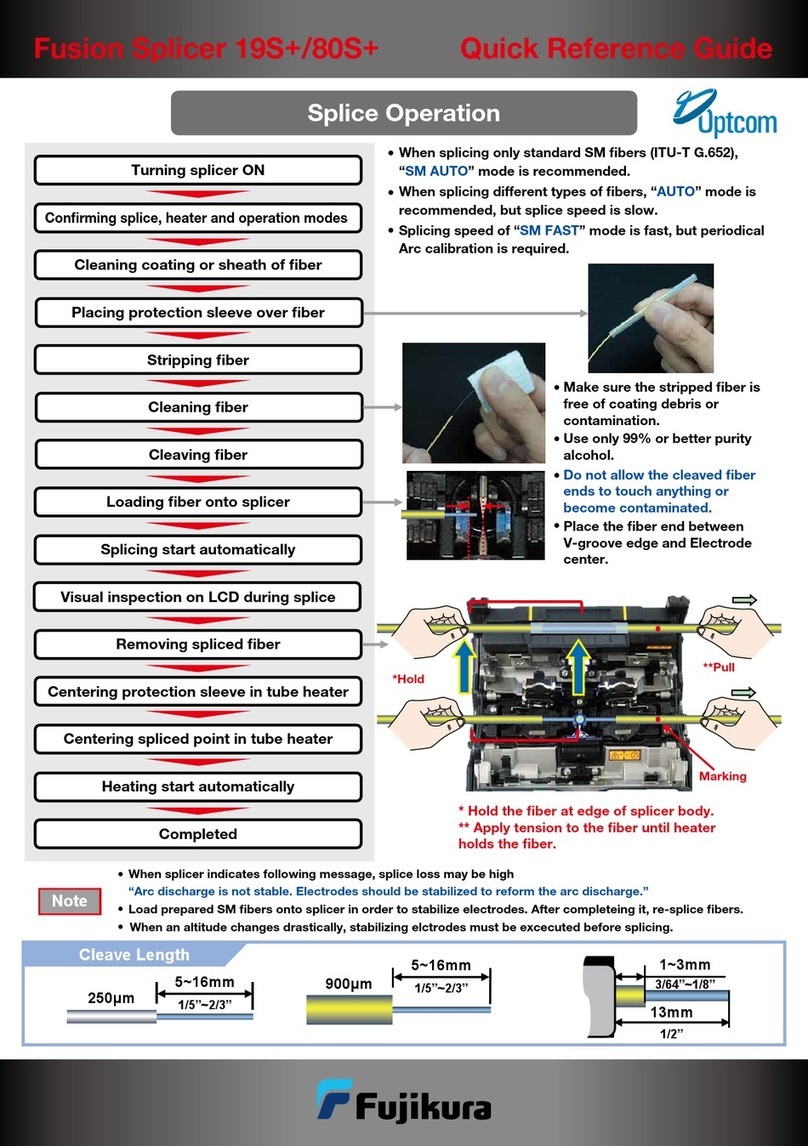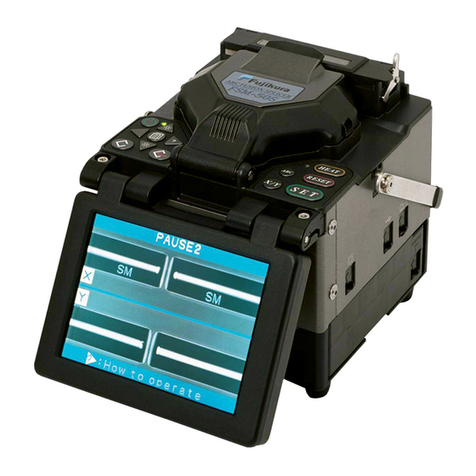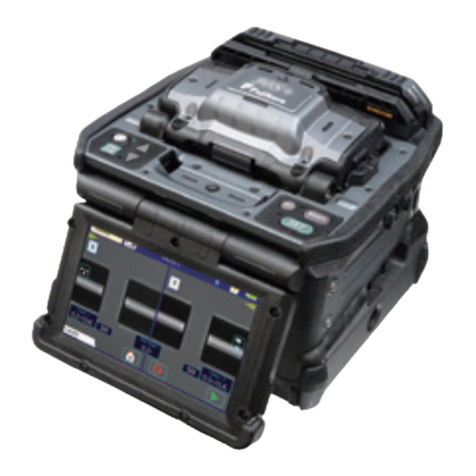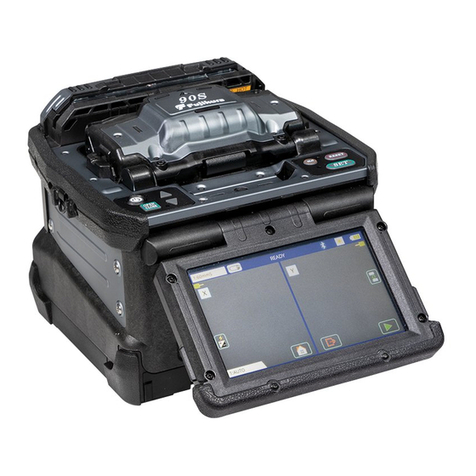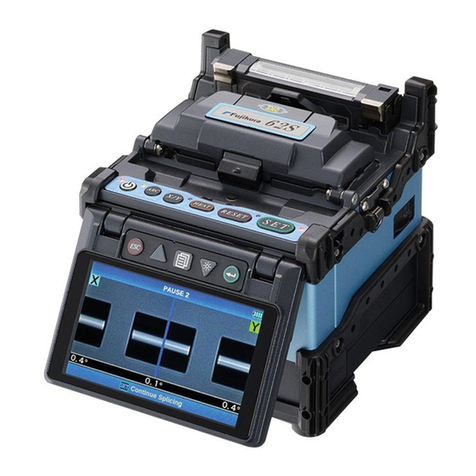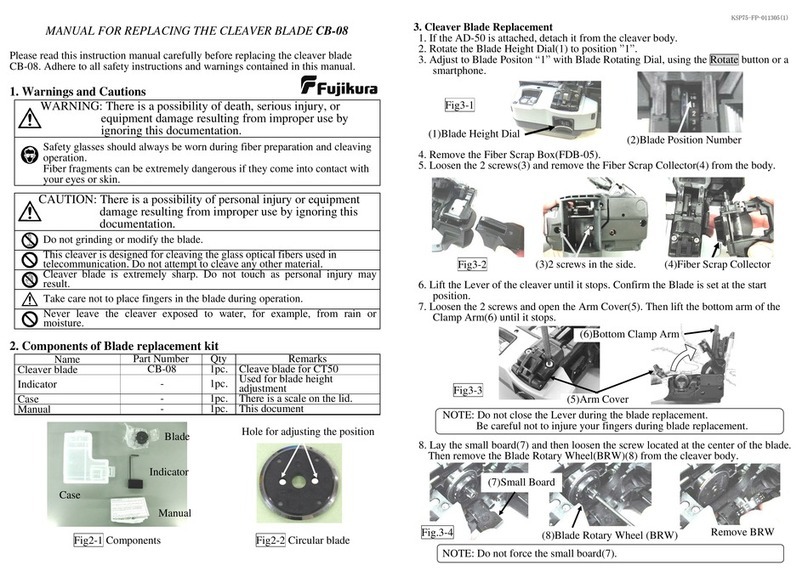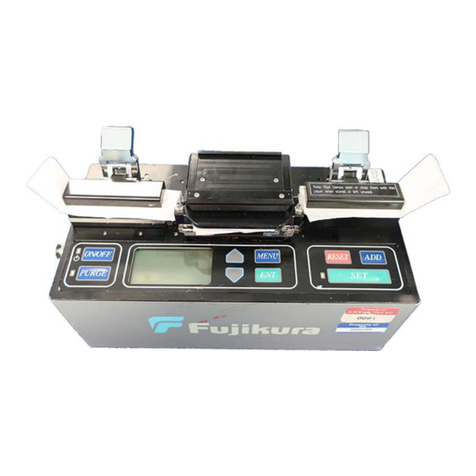
Table of Contents
Splice Menu .................................................................. 48
Composition of Splice Menu ........................................................................... 48
Splice Mode ................................................................................................... 49
Select Splice Mode ........................................................................................ 50
Manual Splice Mode ....................................................................................... 59
ECF Splice ..................................................................................................... 60
Splice Settings ............................................................................................... 62
Memory .......................................................................................................... 63
Camera Image ............................................................................................... 65
Splice Memory Comment ............................................................................... 66
Heater Menu ................................................................. 67
Select Heater Mode ....................................................................................... 6
About heating of a connector splice part ........................................................ 0
Maintenance ................................................................. 71
Maintenance Menu information ...................................................................... 1
Replace Electrodes ........................................................................................ 2
Stabilize Electrodes ........................................................................................ 3
Clear Arc Count .............................................................................................. 3
Clear Cleaver Counter ................................................................................... 4
Motor Drive .................................................................................................... 4
Diagnostic Test ............................................................................................... 5
Dust Check .................................................................................................... 6
Arc Calibration ...............................................................................................
Motor Calibration ............................................................................................ 9
Maintenance Info............................................................................................ 9
Machine Settings............................................................................................ 80
Supervisor Menu ............................................................................................ 81
Error Message List ........................................................ 82
Questions and Troubleshooting .................................... 88
Power Supply ................................................................................................. 88
Splicing Operation .......................................................................................... 89
Tube-heating Operation ................................................................................. 91
Supervising .................................................................................................... 91
Other Functions ............................................................................................. 92
Guarantee and Contact Address .................................. 93
Guarantee ...................................................................................................... 93
Contact Address ............................................................................................. 94
